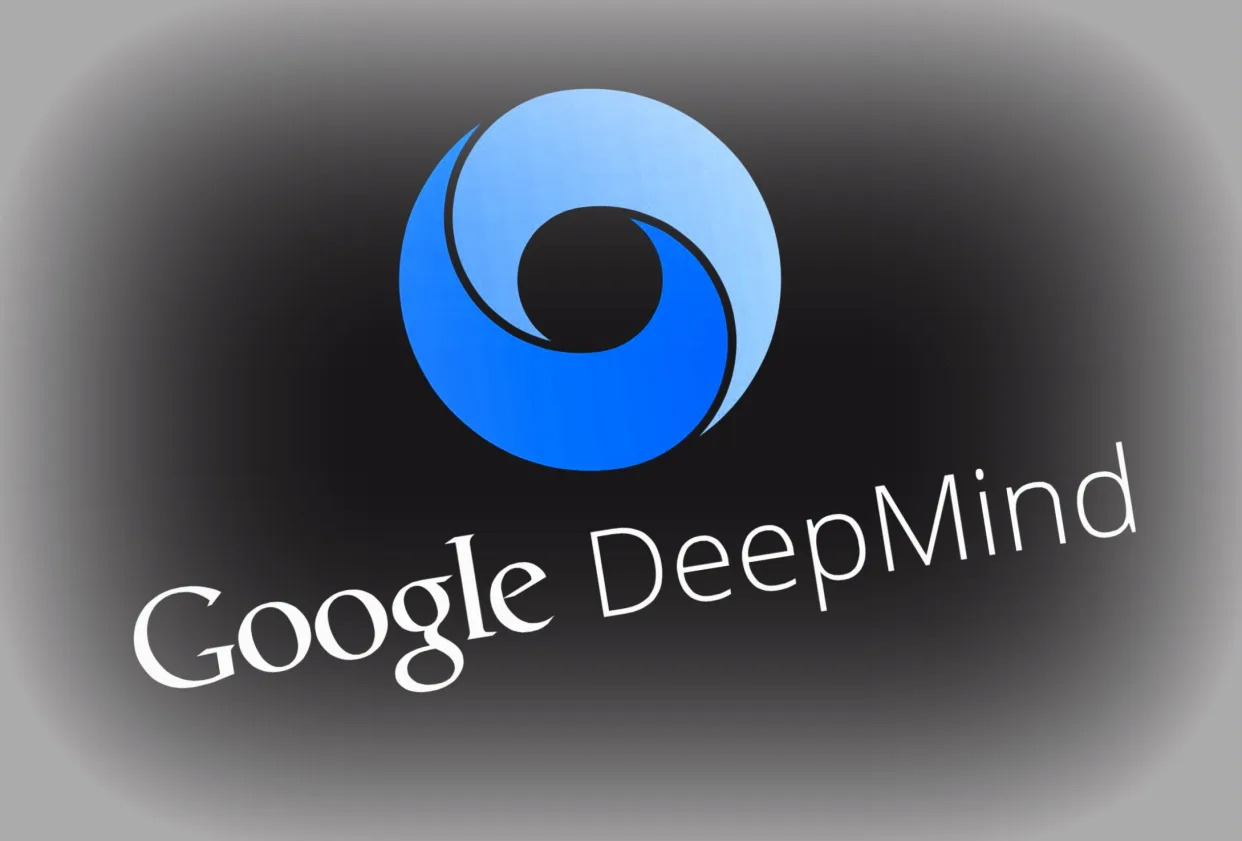1/1
 CVPR 2024 Paper Alert
CVPR 2024 Paper Alert 
 Paper Title: DiffHuman: Probabilistic Photorealistic 3D Reconstruction of Humans
Paper Title: DiffHuman: Probabilistic Photorealistic 3D Reconstruction of Humans
 Few pointers from the paper
Few pointers from the paper
 In this paper authors have presented “DiffHuman”, a probabilistic method for photorealistic 3D human reconstruction from a single RGB image. Despite the ill-posed nature of this problem, most methods are deterministic and output a single solution, often resulting in a lack of geometric detail and blurriness in unseen or uncertain regions.
In this paper authors have presented “DiffHuman”, a probabilistic method for photorealistic 3D human reconstruction from a single RGB image. Despite the ill-posed nature of this problem, most methods are deterministic and output a single solution, often resulting in a lack of geometric detail and blurriness in unseen or uncertain regions.
 In contrast, DiffHuman predicts a probability distribution over 3D reconstructions conditioned on an input 2D image, which allowed them to sample multiple detailed 3D avatars that are consistent with the image. DiffHuman is implemented as a conditional diffusion model that denoises pixel-aligned 2D observations of an underlying 3D shape representation.
In contrast, DiffHuman predicts a probability distribution over 3D reconstructions conditioned on an input 2D image, which allowed them to sample multiple detailed 3D avatars that are consistent with the image. DiffHuman is implemented as a conditional diffusion model that denoises pixel-aligned 2D observations of an underlying 3D shape representation.
 During inference, authors may sample 3D avatars by iteratively denoising 2D renders of the predicted 3D representation. Furthermore, authors have also introduced a generator neural network that approximates rendering with considerably reduced runtime (55x speed up), resulting in a novel dual-branch diffusion framework.
During inference, authors may sample 3D avatars by iteratively denoising 2D renders of the predicted 3D representation. Furthermore, authors have also introduced a generator neural network that approximates rendering with considerably reduced runtime (55x speed up), resulting in a novel dual-branch diffusion framework.
 Their experiments showed that DiffHuman can produce diverse and detailed reconstructions for the parts of the person that are unseen or uncertain in the input image, while remaining competitive with the state-of-the-art when reconstructing visible surfaces.
Their experiments showed that DiffHuman can produce diverse and detailed reconstructions for the parts of the person that are unseen or uncertain in the input image, while remaining competitive with the state-of-the-art when reconstructing visible surfaces.
 Organization: @Google Research, @Cambridge_Uni
Organization: @Google Research, @Cambridge_Uni
 Paper Authors: @AkashSengupta97 , @thiemoall , @nikoskolot , @enric_corona , Andrei Zanfir, @CSminchisescu
Paper Authors: @AkashSengupta97 , @thiemoall , @nikoskolot , @enric_corona , Andrei Zanfir, @CSminchisescu
 Read the Full Paper here: [2404.00485] DiffHuman: Probabilistic Photorealistic 3D Reconstruction of Humans
Read the Full Paper here: [2404.00485] DiffHuman: Probabilistic Photorealistic 3D Reconstruction of Humans
 Project Page: DiffHuman: Probabilistic Photorealistic 3D Reconstruction of Humans
Project Page: DiffHuman: Probabilistic Photorealistic 3D Reconstruction of Humans
 Be sure to watch the attached Informational Video-Sound on
Be sure to watch the attached Informational Video-Sound on 

 Music by Dmytro Kuvalin from @pixabay
Music by Dmytro Kuvalin from @pixabay
Find this Valuable ?
?
 QT and teach your network something new
QT and teach your network something new
Follow me , @NaveenManwani17 , for the latest updates on Tech and AI-related news, insightful research papers, and exciting announcements.
, @NaveenManwani17 , for the latest updates on Tech and AI-related news, insightful research papers, and exciting announcements.
/search?q=#CVPR2024
To post tweets in this format, more info here: https://www.thecoli.com/threads/tips-and-tricks-for-posting-the-coli-megathread.984734/post-52211196
Find this Valuable
Follow me
/search?q=#CVPR2024
To post tweets in this format, more info here: https://www.thecoli.com/threads/tips-and-tricks-for-posting-the-coli-megathread.984734/post-52211196







